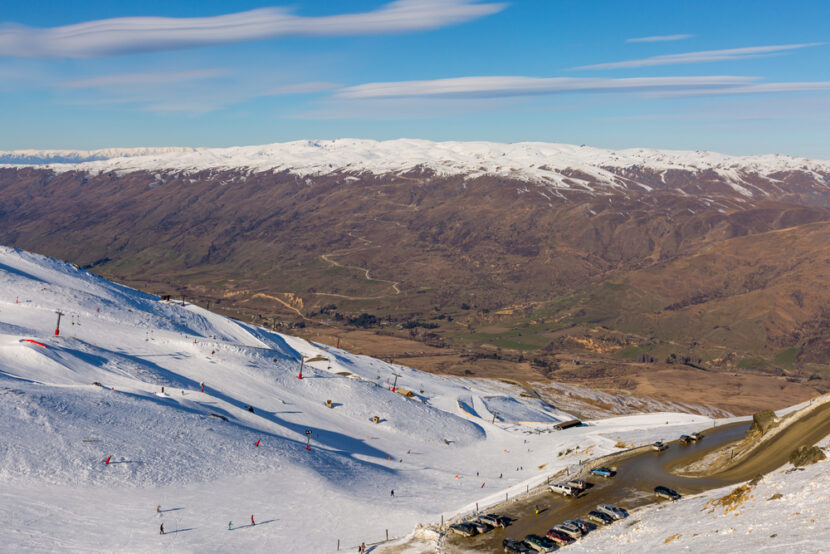WELLINGTON — Ski fields are struggling to open and winter electricity consumption is down in New Zealand after the first six months of 2016 proved to be the hottest start to a year that scientists have ever recorded.
Temperatures in the South Pacific nation were 1.4 degrees Celsius (2.5 Fahrenheit) above the long-term average for the first half of the year, according to the government-funded National Institute of Water and Atmospheric Research.
That’s the highest since record-keeping began more than a century ago, and significantly higher than the previous record of 1.1 Celsius above average, reached in 1938 and again in 1999.
While many New Zealanders reveled in a summer that never seemed to end, commercial ski fields including Coronet Peak, Mount Hutt and Turoa have found themselves with little snow, electing to delay opening or operating with limited runs as the Southern Hemisphere winter gets underway.
Brandolino said the rise in average temperatures doesn’t necessarily mean the ski season will be bad, “although if I’m a skier or snow enthusiast, record warm temperatures aren’t going to bode well for me.”
Transpower, the government agency which owns the national electricity grid, provided figures to The Associated Press showing that New Zealanders consumed about 2 per cent less electricity in June than they did during the same month a year earlier, likely due in part to lower heating requirements.
The Transpower figures showed a June drop of 8 per cent in Wellington and 7 per cent in Christchurch compared with a year earlier. Those cities are typically cooler in winter than the largest city, Auckland, where the drop was 2 per cent.
The June month was the third-hottest June ever recorded in New Zealand and the hottest ever recorded in Christchurch, according to the research agency.
